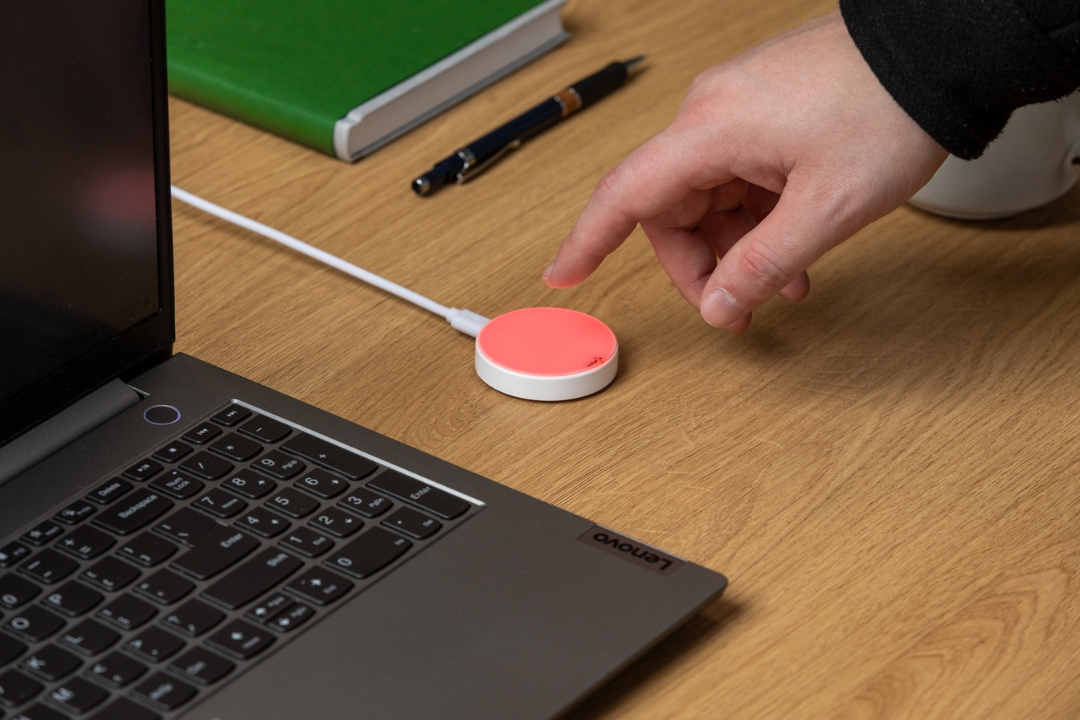The 52/17 Rule: Boosting Productivity with Structured Breaks
The 52/17 rule is a time management technique that enhances productivity by balancing focused work with structured breaks. It involves 52 minutes of deep work, followed by a 17-minute break, allowing the brain to reset and maintain efficiency.
This method prevents burnout, improves concentration, and optimizes cognitive function. Studies suggest that alternating between intense focus and short recovery periods boosts overall performance.
Implementing the 52/17 rule with timers or productivity apps helps professionals stay on track. By embracing structured breaks, individuals can sustain energy levels, sharpen focus, and achieve long-term productivity gains.

What Is the 52/17 Productivity Method?
The 52/17 productivity method is a time management strategy that promotes efficiency by alternating between 52 minutes of focused work and a 17-minute break. Unlike traditional methods that emphasize long, uninterrupted work sessions, this approach balances deep concentration with structured recovery periods2.
Inspired by studies on optimal work rhythms, the method aligns with research showing that short, intense bursts of productivity followed by breaks enhance cognitive function and prevent burnout. By integrating this structured cycle, professionals can maintain high performance while avoiding mental fatigue, making it a powerful tool for sustained productivity.
Why Structured Breaks Enhance Productivity and Focus
Scientific research supports boosting productivity with breaks by showing that structured pauses improve cognitive function. Studies indicate that working in intervals aligns with the brain’s natural ultradian rhythms, preventing mental fatigue and sustaining attention.
Breaks allow the brain to reset, enhancing problem-solving and creativity. Time management techniques like the Pomodoro method leverage this principle, ensuring optimal focus and recovery cycles.
Frequent context switching drains cognitive resources, while strategic breaks restore mental clarity. By incorporating structured pauses, professionals can maintain efficiency, reduce stress, and improve overall work performance
The Science Behind Work-Break Intervals
Research on ultradian rhythms reveals that the brain operates in cycles of high and low energy, requiring periodic recovery for optimal function. The 52/17 structure aligns with these natural energy fluctuations, ensuring sustained focus and preventing cognitive fatigue.
Studies show that prolonged work without breaks leads to diminished productivity, while structured work-break intervals enhance concentration and creativity. Short recovery periods allow the brain to reset, improving problem-solving and efficiency.
By integrating strategic breaks into daily routines, professionals can optimize mental performance, maintain energy levels, and achieve long-term productivity gains.
How to Start Using the 52/17 Rule in Your Workday
Begin by scheduling 52-minute focus sessions followed by 17-minute breaks in your calendar. Start with one or two cycles per day, gradually increasing as you adjust to the rhythm.
Customize the rule based on your task type and personal energy levels—creative work may require longer focus periods, while analytical tasks benefit from structured breaks.
Use timers or productivity apps to maintain consistency. Experiment with different times of day to find your peak focus hours. By refining your approach, you can maximize efficiency and sustain deep concentration throughout your workday.

Tools to Support the 52/17 Time Management Technique
Optimizing time management techniques with digital tools enhances focus and efficiency. Pomodoro timer apps like Sunsama and Focus To-Do automate work-break cycles, ensuring structured productivity.
Browser extensions such as Selfocus block distracting websites, helping users maintain deep focus. Look for features like alerts, scheduling options, and distraction blocking to streamline workflow.
The 52/17 productivity method benefits from apps that sync across devices, track deep work sessions, and provide insights into work patterns. By integrating these tools, professionals can sustain concentration, minimize interruptions, and maximize productivity throughout the day.
Break Time Done Right: Activities That Recharge Your Brain
Boosting productivity with breaks starts with choosing activities that refresh the mind and body. Stretching improves circulation and relieves tension, while a quick walk boosts energy and creativity. Meditation calms the mind, enhancing focus for the next work session.
Engaging in quick chores, like tidying up or watering plants, provides a mental reset without draining cognitive resources. Staying off screens prevents digital fatigue—avoid passive scrolling and opt for mindful activities instead.
By incorporating purposeful breaks, professionals can maintain sustained focus, reduce stress, and optimize productivity throughout the day. Thoughtful pauses lead to long-term efficiency and well-being.
Common Pitfalls and How to Stay on Track
Skipping breaks and overworking can lead to burnout and reduced efficiency. Structured pauses help maintain focus and prevent cognitive fatigue.
Staying accountable is key—using habit trackers or engaging in peer support keeps deep work sessions consistent. Setting clear goals and tracking progress reinforces discipline.
Interruptions disrupt concentration, but resetting the cycle is possible. Establishing focus signals, like Luxafor lights, and scheduling uninterrupted work blocks minimizes distractions. By recognizing pitfalls and implementing strategies, professionals can sustain productivity and achieve long-term success in deep work environments

Combining the 52/17 Rule with Other Time Management Methods
The 52/17 rule integrates seamlessly with time management techniques like task batching, time blocking, and the Eisenhower Matrix. By grouping similar tasks, professionals maximize efficiency within each 52-minute deep work session.
Time blocking ensures structured focus periods, while the Eisenhower Matrix helps prioritize urgent and important tasks. The 17-minute breaks provide an opportunity for shallow tasks like checking emails or organizing notes.
This combination enhances productivity by balancing intense focus with strategic recovery. By aligning the 52/17 method with proven techniques, professionals can optimize workflow, reduce distractions, and maintain long-term efficiency.
Is the 52/17 Rule Right for You? Assess and Adapt
Experimenting with the 52/17 productivity method over a week helps determine its effectiveness. Tracking focus levels and energy fluctuations provides insights into optimal work rhythms.
Adapting the ratio—such as 45/15 or 60/20—based on task complexity and personal workflow ensures flexibility. Some professionals may thrive with shorter focus periods, while others benefit from extended deep work sessions.
Listening to your body and energy levels is key. Adjusting work-break intervals to align with natural productivity cycles enhances efficiency and prevents burnout. By refining the approach, individuals can maximize focus and sustain long-term productivity.














